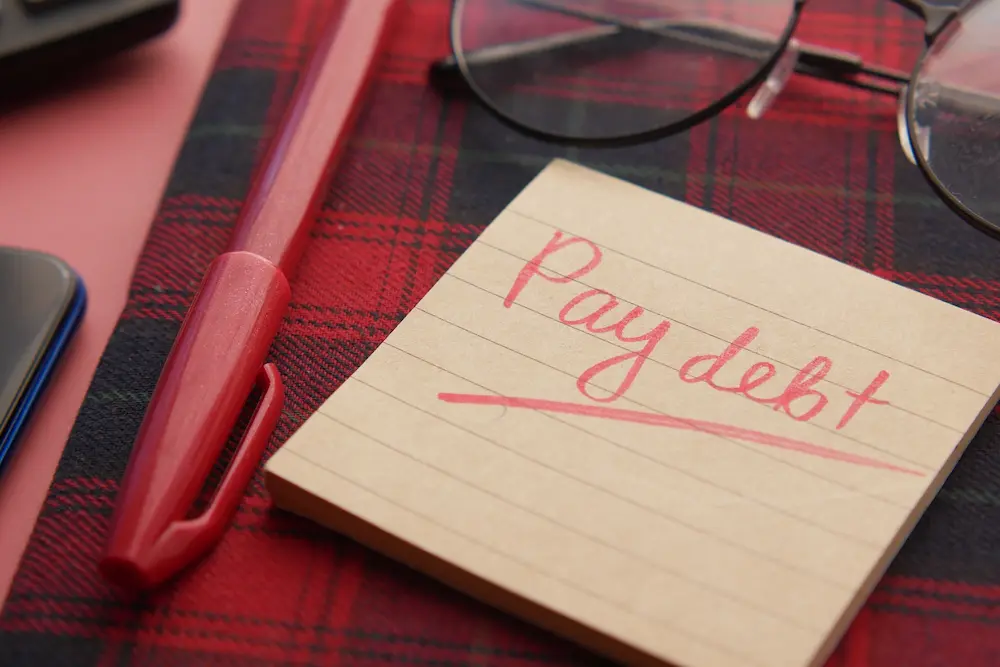When you offer credit services to customers, you risk incurring bad debts. Bad debt is advanced credit of goods or services to a customer that shows no promise of being paid. There are different reasons for bad debts, for instance, if there are issues with the goods or services provided or the customer can’t pay due to bankruptcy.
Bad debts can be detrimental to your business as they can cause financial difficulties such as poor cash flow, issues with creditors, slow business growth, or bankruptcy. While you can take business credit insurance to cover bad debts, this can be very costly. Fortunately, the tips below can help your business reduce bad debts.
- Invoice Factoring
If your business has a history of bad debts, learn to improve your cash flow with invoice factoring. Invoice factoring is a type of invoice finance where you sell your business’s open invoices to a third party to enhance revenue stability and cash flow. After selling the open invoices, the factoring company pays you about 80% of the invoiced amount; then, they collect payments from your customers.
After the factoring company receives payment from your customers, they deduct their fees and pay you the remaining amount. Invoice factoring has a lot of benefits. For instance, there’s increased cash flow as your bulk invoices are paid almost immediately rather than waiting and chasing your customers to pay.
This makes business planning and forecasting easier and more accurate. It also gives your business a better chance of surviving, as many businesses fail due to poor cash flow. However, invoice factoring can harm your relationship with customers. This is because when the factoring company pursues the debt aggressively or harshly, the customers are unlikely to work with you again.
- Document All Your Transactions Properly
Improper documentation leads to customer disputes, one of the major reasons that even good-paying customers skip out on their payments. For instance, if a customer receives an invoice with a minor error, whether it’s the date of delivery, the items delivered, or the amount indicated, the entire invoice can be questionable, which can lead to bad debts.
Therefore, always ensure that all details are accurate and that your invoices have delivery dates, quantities, prices, and payment terms. You should also have proof that your business delivered goods or services as promised.
Even after payments, it’s essential to document and have these details in case disputes arise or for the sake of customers. You may want to upgrade to efficient billing and invoicing software for proper documentation.
- Check The Creditworthiness Of Customers

Whether you’re looking to extend credit to other businesses or customers, credit checking is essential to avoid bad debts. The best predictor for future paying behaviour is analyzing how previous payments have been managed. This is the first step to avoiding bad debts as it provides the customer’s credit score and shows issues with late payments and past bankruptcies. You can use different methods to determine a customer’s creditworthiness, but the ‘five Cs’ are one of the best techniques to do so.
- Character: This is determined by the customer’s credit history; you may assess how trustworthy and dependable a customer is.
- Capacity: Capacity refers to the ability of a customer to repay the debt. You must consider the customer’s cash flow statement, business debts, and payment history.
- Capital: Capital refers to the total funds and assets a customer owns. Therefore, review a customer’s bank records and financial statements to determine their capital.
- Collateral: This refers to the assets a customer has to back up the credit. It includes fixed assets such as real estate, corporate bonds, or inventories.
- Conditions: This refers to your business’s terms and policies of credit extension and repayment. These conditions depend on the type of business, currency fluctuations, and geographic location.
This method helps check the customer’s creditworthiness to determine whether they qualify for credit or not.
- Set Reasonable Credit Limits
Avoiding bad debts isn’t about customers having good payment history; they must also be able to cover their debts. For instance, traditional lenders won’t extend credit to companies with equal or greater debts than their income. They look for companies or customers with a 35% or less debt-to-income ratio.
You can also utilize a similar approach to set realistic credit limits; only extend an amount of credit within an optimal debt-to-income ratio. However, since customers’ credit limits and creditworthiness change with time, consider adjusting the terms as your customer grows.
- Put Delinquent Accounts On Hold
When customers report issues with payment, immediately put their accounts on hold, and reduce the credit limits of late payers. If a payment becomes default, they shouldn’t be able to add on to their balance. This helps reduce the amount of bad debt you’re likely to suffer.
Conclusion
Use the above tips to reduce your business’s risk of bad debt. Remember, not everyone is worthy of a credit extension, so proceed with due diligence before you either grant or decline credit requests from your customers.

